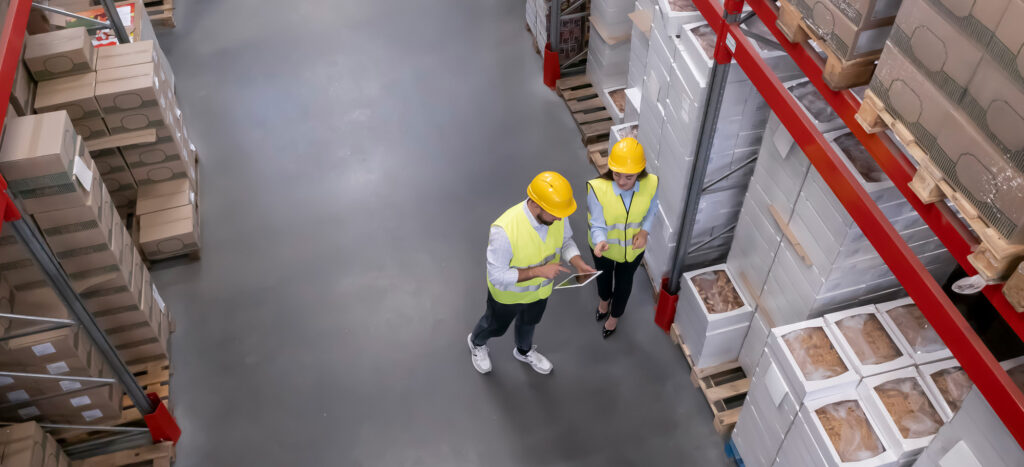Demand planning and demand forecasting go hand in hand for any inventory-based business. Demand planning involves predicting consumer desires to determine whether you have enough inventory to meet them. This step is crucial in balancing your company’s supply and demand. Demand planners combine data sets from historical sales, retailer or distributor actions and market influences to forecast customer demand. From here, the demand forecasting strategy informs and optimizes your inventory decisions.
A robust combination of planning and forecasting is the best way to deliver maximum value, reduce supply costs and promote efficiency, accuracy and balance across your supply chain.
1. Increased Supply Chain Efficiency
Meeting deadlines is crucial for manufacturing success. However, the process can become confusing and error-prone if all parties are unsure of the correct number of units to make and which missteps may lead to backtracking or downtime.
Missing your targets affects every part of your supply chain, devastating your production schedule and causing immense stress to everyone who must suddenly adapt. Demand forecasting and planning can help you avoid disruptions and disorganization.
When you accurately forecast demand, you can order supplies and inventory to arrive on time, rather than scrambling at the last minute. Demand forecasting can tell you when sales will ebb and flow for each product type, allowing you to plan maintenance or other scheduled disruptions for times when demand will be lowest.
You can also contact vendors to order additional inventory and supplies by anticipating coming spikes in demand. Predicting what is likely to sell, in what quantities and when ensures accuracy and efficiency across your entire supply chain.
2. Maximized Inventory Management
Inventory management is a complex task. Ordering too much inventory could tie up excessive capital and warehouse space, eventually resulting in a loss. Ordering too little will prevent you from meeting consumer demand and potentially send loyal customers to your competition.
Demand forecasting helps you know how much of each product to order, where to store each item and at what volume. Stores in the North may have a higher demand for a specific product, while stores in the South may hardly sell that item. The correct timing, location and stock volume will allow you to meet demand without waste.
3. Simplified Labor Hiring and Scheduling
If customers are the lifeblood, workers are the backbone of your company. You need enough employees to keep the business standing. Otherwise, you will face significant delays in your supply chain process, meaning decreased customer satisfaction and costs down the line. The ability to hire the appropriate staff at each level of your supply chain is one of the many benefits of demand planning. Conversely, the system prevents you from having too many workers on board, costing you less in unneeded wages.
For example, probably the easiest demand forecasting is the knowledge that sales will likely spike in November and December due to holiday shopping. Retailers nationwide hire additional staff and extend store hours to meet the demand.
With accurate and complete demand forecasting, you can plan for similar adjustments throughout the year to improve labor management. You can hire the personnel you need to cover peak times and schedule fewer hours during slower periods.
4. Improved Cash Flow
If you can accurately forecast demand, you can predict the ebbs and flows of incoming cash. Understanding these peaks and valleys ensures you always have enough capital to cover the bills and pay vendors and suppliers on time. Without this, you may be in a tricky situation, unable to afford the inventory you need to meet demand when sales increase.















